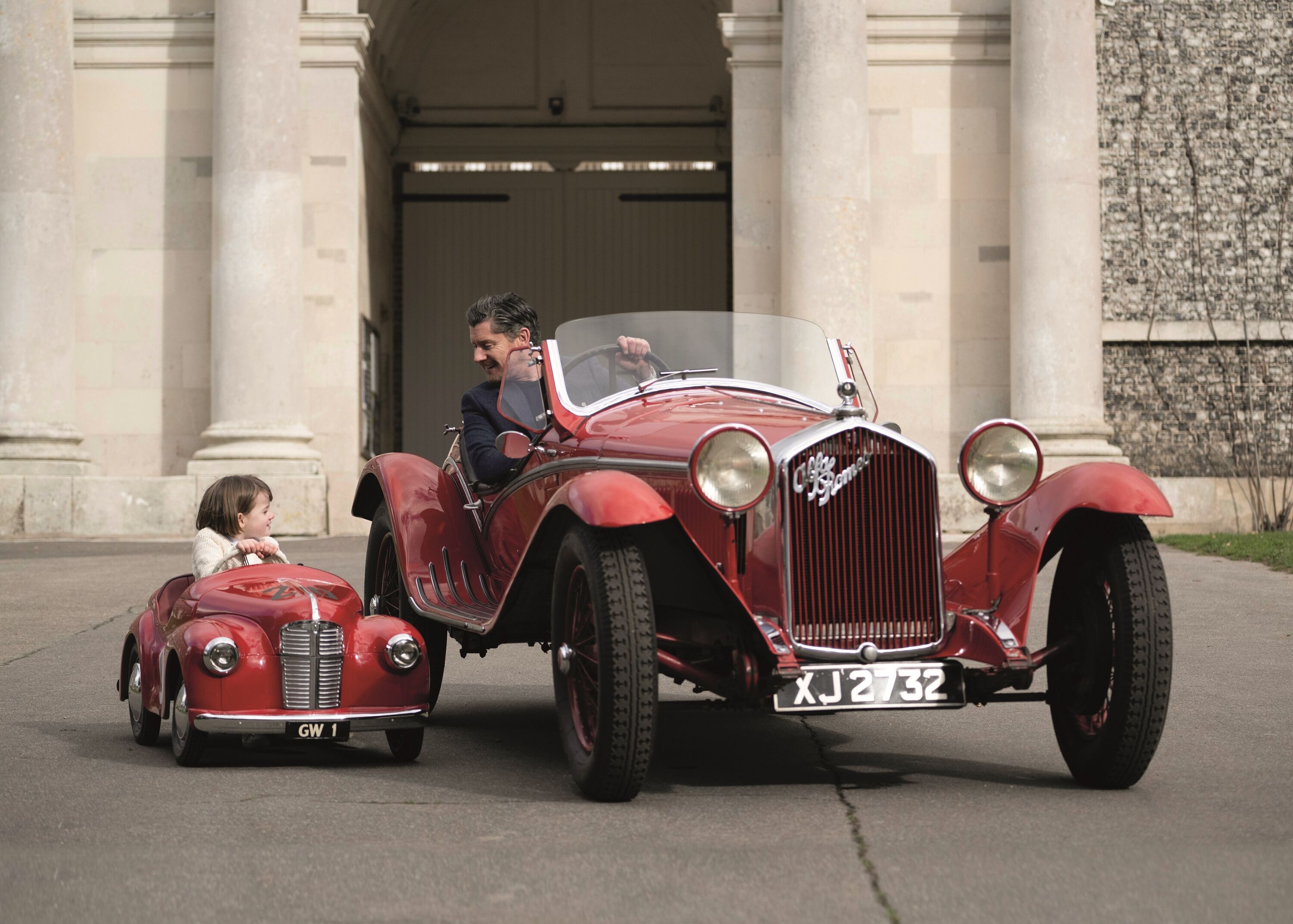Review: 2019 McLaren GT
 Erin Baker
Erin Baker
McLaren says it has rewritten the rules of the grand tourer with its own GT, now yours from £168,000 onwards. Goodbye engine under the bonnet, hello mid-engined placement. Out go heavy materials like wood veneer, in comes a lightweight ethos. Goodbye practicality, hello driving pleasure. Is the resultant car a GT? And why would you mess with a winning formula that has been around for 50 years?

Given the monstrous sales success of the Bentley Continental GT, and the market presence of the Aston Martin DB11, Rolls-Royce Dawn and other such luminaries, what is there to reimagine? The GT as a successful sales platform stretches back to such 1950s icons as the Ferrari 250, Maserati 3500 and Bentley R-Type Continental. The sweet cherry-picked combination of space, comfort and power is a winning formula. Bruce McLaren himself spotted the track and subsequent road appeal of a closed-roof coupe combining power and endurance with the three M6 GTs he built before he died. But here is McLaren, re-laying the foundations for success. Hmm.

From the outside, the GT is unmistakably McLaren, with a silhouette that echoes both the 570S (Sports Series) and 720S (Super Series), despite the car being two-thirds new. The fact that the GT sits in a new bracket alone suggests further iterations (presumably spider first up) shortly down the road. There’s that deep windscreen, wide rear, high-mounted exhausts and glass roof. But it’s a simpler take on the family looks, with straightened lines, plain headlights and a less fussy rear. It feels grown-up. It will, possibly, appeal more to women who want grace, not aero. A woman is down driving it in the promotional video which is no coincidence; McLaren has a job to do, appealing to a broader demographic. The brand also has the interests of its American and Chinese customers to consider, both of whom would perhaps welcome a bigger, less performance-focused car.

Inside, this only ticks the GT boxes of space and practicality when compared with other McLarens – against other GTs, this is still a raw sports car. You get more luggage space than the other models in the range. Up front there’s a deep bucket under the bonnet which will hold two weekend bags, no problem. At the rear, when you lift the electrically powered glass tailgate, you’ll find a leather-lined luggage tray which holds one set of golf clubs and a weekend bag, just. There’s also a shelf just behind the two seats inside when you lift the diherdal doors and climb aboard.
There are few other creature comforts: two slim cupholders, a glove box, one USB charging port in the little central cubby hole that will take an iPhone, and the usual small infotainment screen. Thankfully, McLaren’s in-house iffy satnav system has been upgraded and now includes real-time traffic reports.

The powertrain (hidden under that rear deck) is a 4.0-litre, twin-turbo V8, developing 620 horsepower and 630Nm of torque (466lb ft). At 1.5 tonnes (usual carbon-fibre tub rules apply), that’s 405 horsepower per tonne. It reaches 62mph in 3.2 seconds and will go on to a top speed of 203mph. There are flappy paddles on the steering wheel or you can leave it to cruise up through the seven-speed, quick-shift gearbox.
Thankfully, McLaren has left its drive-mode system in place, which separates powertrain and handling modes into Comfort, Sport and Track for each. Our personal preference is to leave both functions in Sport mode. Not only does that open the exhaust valves on start-up and thereafter, but it strangely seemed to smooth out the pro-active damper system, which in Comfort made a hash of broken road surfaces, crashing over ridges with a nasty thud.

The acceleration is naturally fierce, especially when you already have some speed on the clock and put your foot down for an overtake. The shove of torque is immense, while the traction control does an admirable job with the rear, driven wheels. The car dips and dives through corners with a strong lateral hold, supplied by that formidable monocoque. The brakes could perhaps have more immediate purchase; ours were the standard steels but you can specify carbon ceramics.
Other options include privacy glass for the tailgate, and a “Practicality Pack” that includes vehicle lift (the ground clearance equals that of a Mercedes C-Class, which is amazing when you look at the design), rear-view camera, front and rear parking sensors and electrically folding wing mirrors, all for £3,750. You’ll also be wanting the Bowers and Wilkins audio upgrade – the sound quality is superb.

Practicality Pack aside, this is not a GT as you’d know it. But that is McLaren’s point: why shouldn’t a GT swerve more in the direction of performance, while still being suitable for long journeys? This is certainly the most dynamically capable GT on the market, and you could cover vast mileages in this car without any fuss – there’s no nasty engine boom reverberating through the cabin, it feels light and spacious, and that front luggage bay is impressively deep. But it’s still a McLaren, so if it’s a sofa on wheels you’re after, you’d better look elsewhere.
Stat attack: McLaren GT
Price: £168,000
Engine: 4.0-litre, twin-turbo V8 petrol
Power/torque: 620PS @ 7,500rpm/630Nm (466lb ft) @ 5,500-6,500rpm
Transmission: seven-speed double-clutch, rear-wheel-drive
0-62mph: 3.2 seconds
Top speed: 203mph
Combined economy: 23.7mpg
Kerb weight: 1,530kg
Review
McLaren
GT

































